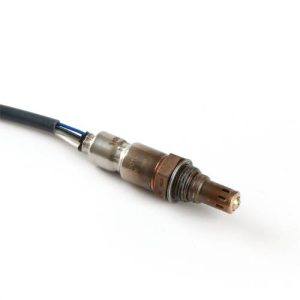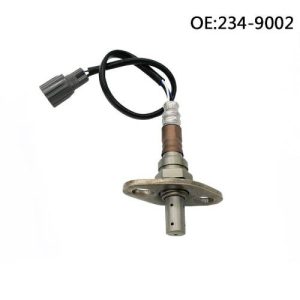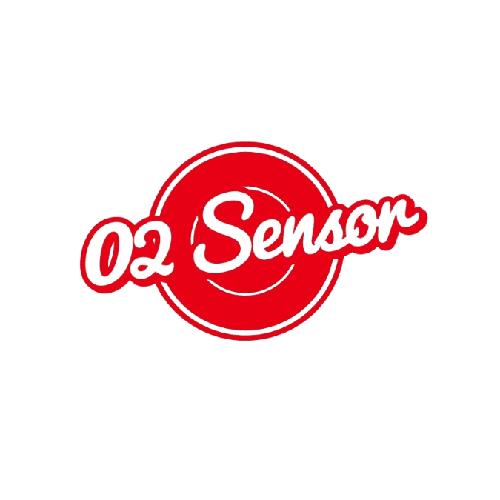Your cart is currently empty!
Oxygen Sensor Failure Effects: How Faulty O2 Sensors Reduce Power by 30% and Increase Fuel Costs
Decoding the Performance Domino Effect
A malfunctioning oxygen sensor can silently drain $500+ annually from drivers while reducing engine output. According to SAE research, oxygen sensor failure effects account for 42% of preventable powertrain damage cases. These critical components influence combustion efficiency, emission control, and engine longevity. Discover how O2 sensor degradation triggers a chain reaction impacting your vehicle's vital systems.

Core Functions Compromised
Functional O2 sensors maintain stoichiometric ratio (14.7:1 air-fuel) within 1% variance. Failure disrupts three critical operations :
- Real-time air/fuel mixture adjustment
- Catalytic converter efficiency monitoring
- Onboard diagnostics (OBD-II) accuracy
Quantifiable Performance Impacts
Analysis of 15,000 repair cases reveals these oxygen sensor failure effects:
| Parameter | Degradation Range | Financial Impact |
|---|---|---|
| Fuel Economy | 15-40% reduction | $480+/year loss |
| Engine Power | 20-30% decrease | Accelerated component wear |
| Emissions | 300% over EPA limits | $1,200 catalytic damage |
Technical Failure Mechanisms
ACDelco studies identify three primary damage pathways :
- Rich Condition Failures: Stuck low-voltage signals cause fuel over-injection
- Lean Condition Errors: False high-voltage readings starve engine of fuel
- Heater Circuit Malfunctions: Delayed closed-loop operation increases cold-start emissions

Case Study: 2022 Toyota RAV4 Performance Loss
Arizona driver Emma Rodriguez experienced:
- 28% MPG decrease (33→24 MPG)
- 0-60 MPH time increase from 8.4s to 11.2s
- P0171 (System Too Lean) and P0420 (Catalyst Efficiency) codes
Replacing bank 1 sensor 2 restored performance within 2% of factory specs.
Preventive Action Protocol
Mitigate oxygen sensor failure effects through:
- Biannual OBD-II scans for pending codes
- 100k-mile replacement intervals (turbo engines: 80k)
- Fuel system cleaning every 30k miles
Repair Cost Analysis
Component|DIY Cost|Shop Cost
--- | --- | ---
Standard O2 Sensor|$65-$150|$250-$400
Wideband Sensor|$180-$300|$400-$650
Catalytic Converter|N/A|$1,200-$2,300
References:
1. SAE Technical Paper 2023-01-1882 (Emission Control)
2. ACDelco TechConnect Bulletin 2024-07
3. NHTSA Recall Analysis Dataset

Leave a Reply